It’s the holidays and everyone is busy.
With so much to do, time is of the essence.
We all know how much time is involved with sewing so it’s easy to look for shortcuts.
Be careful with shortcuts! The only way to produce beautiful results is to think as one sews, working slowly through the procedures. In the end that is the only way to save time. Here in this post are ideas that save hours, both for industry and for you in the home.

Designing
Determine your color palette.
Organizing your wardrobe with the four-piece go-anywhere outfit in your color palette reduces your sewing time and the amount of clothing you need. Organizing your sewing supplies and fabrics on your color palette saves space and speeds finding supplies.
Check your closet. Decide what works and what is still needed to complete sets.

Preparing the pattern
If you have clothing you made and that you like, use those patterns. To give a change in styling, make minor changes such as changing the collar, adding pleats, changing the lengths, and adding patch pockets and/or trim. Done all the time in industry, minor changes: such as solid or a print fabric, will produce a garment that looks entirely different.

If working with a new pattern, ALWAYS check the fit of the pattern before cutting the fashion fabric. If using home sewing patterns, reduce the pattern’s seam allowances to those used in industry. Otherwise you cut out the garment twice.

Shopping
Organize your shopping. Make a list.

Save money: Before shopping layout the patterns to determine the yardage needed. ALSO, check supplies. Don’t buy what you already have.
Cutting
If your cutting table is too low, put it up on bed risers.
Lay the fabric out on the open. Examine for flaws. Check that the fabric is on grain. Determine which side of the fabric to use as the face (most fabrics have no right or wrong side) and the direction the patterns will be cut. These precautions prevent possible shading.
On the wrong side on the fabric mark the selvage with arrows pointing the direction the patterns are to be cut.
Lay the patterns over the fabric, check that the patterns are laid on grain. Cut one piece at a time. Cut right-to-left if right-handed, left-to-right if left handed. Snip all notches 1/8 inch deep. Stack the cut pieces up with their patterns.
Throw the fabric scraps from the cutting in a clean separate wastebasket to use when later testing the machine’s sewing.
As done in high-end, utilize the selvage. (See diagram above.) Lay straight-seams against the selvage to prevent the need to overcast straight seams.
Sewing
Oil the machine every day that you sew. Run scrap fabric under the machine after oiling to prevent oil on your sewing.
Keep thread clippers (snips) and a stitch ripper on the sewing machine bed.
ALWAYS put machine feet back into in the same location when they aren’t being used.
Use a stitch length that is short enough to hold the seam, long enough to rip if needed.

Test the sewing machine’s settings by sewing scraps before beginning to sew the garment.
Check for broken needles. This is when the needle has a burr on its point. It gives a clunking sound as it sews.


Sew the same color garments at the same time
Prep the seam allowances. Zigzag with a small zigzag as done in France. This saves considerable thread, plus time threading an overlock (serger).

When starting a new seam, sew over a scrap first to prevent thread tangles at the beginning of the seam.

Set the zipper into the garment first, or as soon as possible
Setting zippers as soon as possible is easier because one is dealing at the machine with only the garment’s pieces to which the zipper is sewn. In the industry operators set 500 zippers a day without even pinning. They can do this because they are using professional sewing methods that work. These zipper setting procedures are in Laurel’s books. All that is needed, even for invisible zipper sets, is a narrow snap-on or standard zipper foot.
To prevent a twist in the garment, sew all vertical seams from the hem up. Sew notch-to-notch. Control the seam as you sew, to prevent the feed-dog taking the bottom ply through the machine faster than the top ply.
When sewing straight seams, use a straight-stitch foot to prevent jamming the fabric in the race. Keep the race free of dust.
Fix mistakes as you go.
Save handwork, hemming, etc, for when you are watching TV at night.
Don’t sew when tired. If something goes terribly wrong, stop, take a break, wait awhile. When you return with fresh eyes the problem may not be so bad. It may even innovate a new look or idea.

http://localhost/cfashion/
https://twitter.com/LaurelHoffmann1
https://www.facebook.com/CFashionEdu
https://www.linkedin.com/in/laurelhoffmann/
RSS Feed: http://localhost/cfashion/blog/
https://www.ravelry.com/projects/LaurelHoffmann
https://www.thumbtack.com/pa/philadelphia/drawing-lessons/fashion-drafting-sewing-books-classes

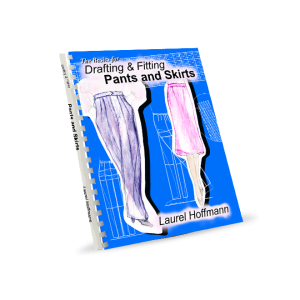
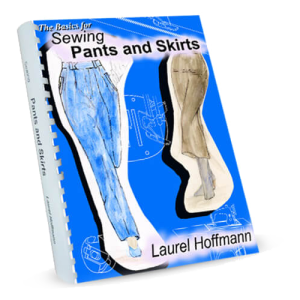
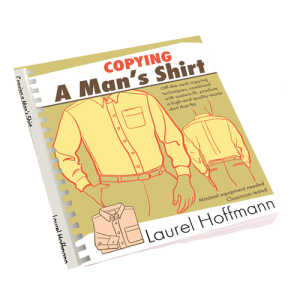
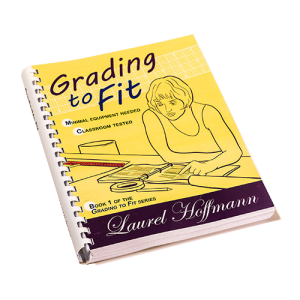

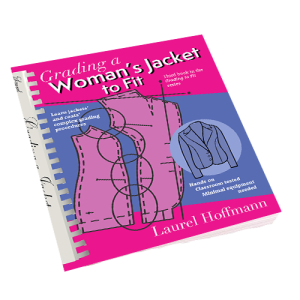
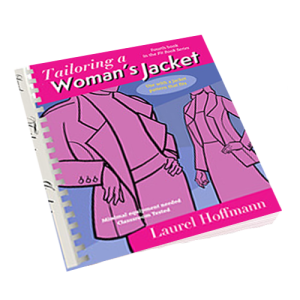
1 Comment. Leave new
Yes, more posts are coming. You might also want to visit our posts on YOUTUBE.
Visit YOUTUBE-LAUREL HOFFMANN be sure to add the second N.